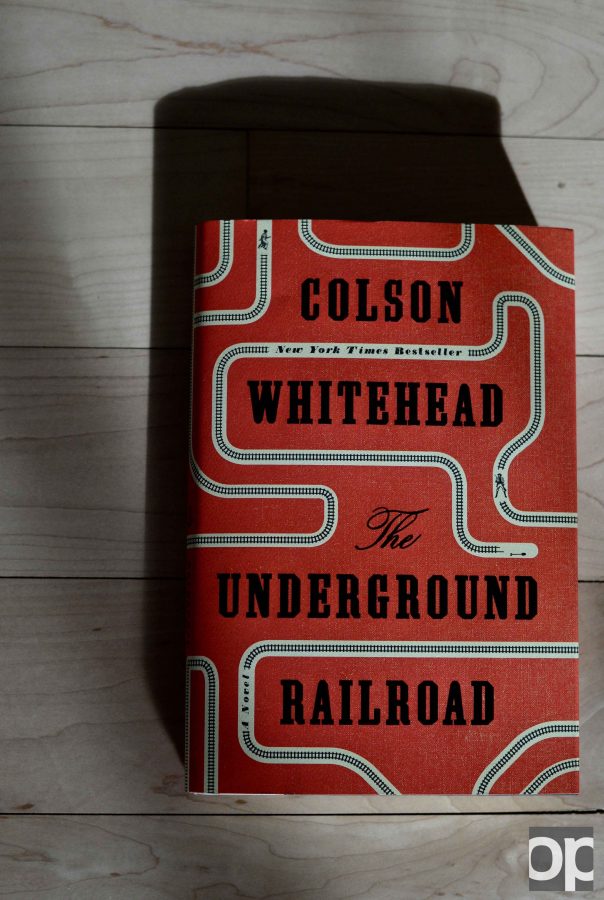Best of 2016 Literature
“The Underground Railroad.” Voted one of 2016’s best books of the year.
After a year of success, Colson Whitehead’s 2016 historical fiction novel “The Underground Railroad” is set to continue much of its success into the new year.
The novel follows the story of a runaway slave named Cora. It’s only through continued efforts and tenacious focus that she is able to, hopefully for the last time, evade capture.
Cora’s main adversary is the slave catcher, Ridgeway. The son of a blacksmith, Ridgeway actively chose the profession of tracking down and capturing escaped slaves, almost certainly dragging them to their executions.
With the help of a new slave named Caesar, Cora finds out about the Underground Railroad. Caesar is able to slowly convince Cora to go with him in pursuit of the more-tolerant Northern United States.
“The Underground Railroad” was received with wide acclaim, attaining Oprah Winfrey’s Book Club title back in November 2016. It was also the 2016 National Book Award Winner, Fiction and won the Goodreads Choice Award for Historical Fiction, (2016).
The book offers a unique tone on the issue of slavery by providing a character who seems nearly invincible to the dehumanizing and discouraging effects of the system of coercion. Cora’s sole drive is freedom, and she’s willing to risk everything for it.
That being said, the book doesn’t come without issues that Whitehead may want to consider in his next novel. The characters, although important to the depiction of slavery, do not have the humanizing radiance that allows the reader to relate to or empathize with them.
The prose is also confusing at times. Whitehead wrote most of his paragraphs as two or three sentences of real and important information to the story, while the next five or six sentences usually provided near-unimportant internal monologues.
These monologues are not attributable to any character or characterized narrator, making the reader wonder what these thoughts have to do with anything.
And finally, the Underground Railroad itself. The story literally has a train system that uses a series of underground railroad tunnels going through the American South. The story depends on this to drive the story. But while this is explained in The New York Times as a deconstruction of the metaphorical title of the Underground Railroad, there’s no discernible explanation given for this.
The world-building for this story shows an intense talent for implementing research. It’s especially through the depiction of the social environment among plantation slaves that the story can be compelling to most readers.
Despite the character problems, there is a clear rationale for this book’s success. With the continued importance of eliminating racial tension and segregation, the book touches on the worst-case scenarios that could be devastating to modern society if race relations were to worsen.
Even though the example may not be in the most relevant context for our time’s racial issues, the story remains at least an important reminder of the atrocities of slavery and, at most, a grisly warning that calls for brotherhood.








